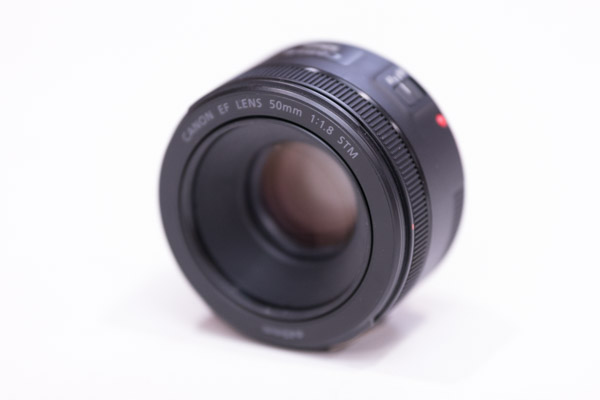STM vs USM Lenses
Comparing STM and USM Lenses
If you’re wondering about differences between STM vs USM Lenses, the following table shows a quick summary:
| AF Motor | Speed | Sound | Focus type |
|---|---|---|---|
| USM | Faster | Louder | Full time manual* |
| STM | Slower | Quieter | Focus by wire |
| Nano USM | Faster | Quieter | Focus by wire |
*Note: This table should not regarded as an exhaustive summary. For example, see this list of known (mostly discontinued) USM lenses that are focus-by-wire.

Canon USM Technology
The first USM lenses appeared in 1987 with the introduction of Canon’s EF mount and is the main autofocus motor type for Canon’s professional L series lenses today. USM (UltraSonic Motor) technology utilises either ring-type, micromotor or nano USM. They are known for having fast autofocus, but emit some noise in the process. As a result, this makes them suited for photographers who need to take many photos in quick succession, but not for people using autofocus in video. Ring-type USM motors allow full-time manual focus, permitting the lens focus to be changed without power.
Canon STM Technology
STM (stepping motor) lenses were developed by Canon as an alternative to their existing USM lenses. The first STM lenses arrived on the market in 2012 to allow smooth and silent autofocus. Therefore, this makes them a great choice for videographers but not necessarily for those taking stills in quick succession. STM can be divided into two categories; lead-screw type and gear type. The former is regarded as better for videography, whilst the latter type is used to minimise lens size.
STM technology differs from USM in its focus mechanism, using focus-by-wire and thus not allowing the focus to be changed without power to the lens. The motors tend to be used in Canon’s less expensive lenses, including most EF-S mount lenses and all EF-M mount lenses.
Canon often upgrade the autofocus motors in their lenses and many are given the STM option. For example, the EF 50mm f/1.8, an incredibly popular lens amongst all Canon shooters, has an STM motor in its latest version:

Canon Nano USM Technology
Nano USM, whilst technically still a USM technology, differs from STM and USM lenses by combining the best of both motor types – the speed of USM and the silence of STM. Canon’s first Nano USM lens was the EF-S 18-135mm IS USM, one of the kit lenses available for Canon’s APS-C DSLR cameras. Nano USM lenses differ from USM ones in that they use focus-by-wire, like STM lenses do. Nano USM is still relatively new – see this post for a list of Nano USM lenses.

The following video shows a comparison between the speed of an STM vs Nano USM in Canon’s 18-135mm lens:


in which the best lense for canon 750D …?
That’s a hard question to answer. What kind of photography do you like to do? What’s your budget? How much weight are you prepared to cart around with you?